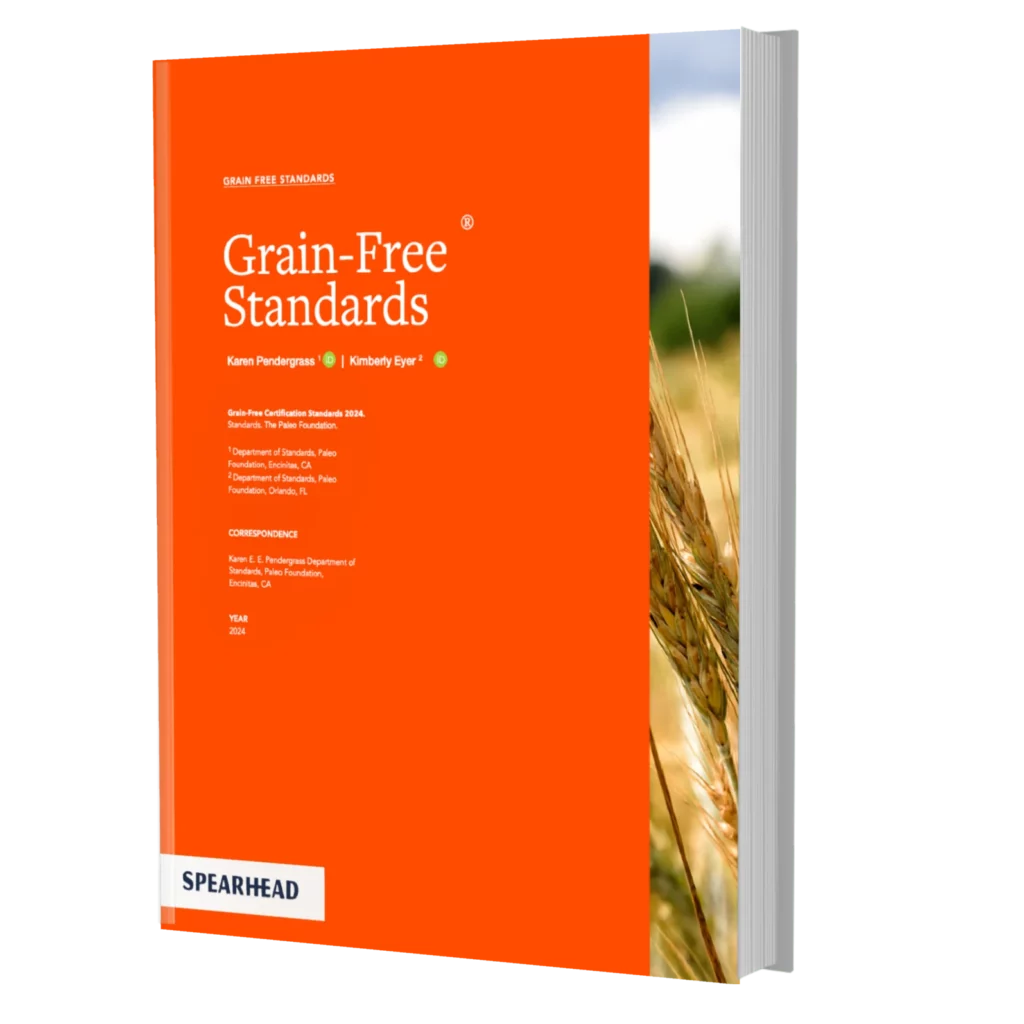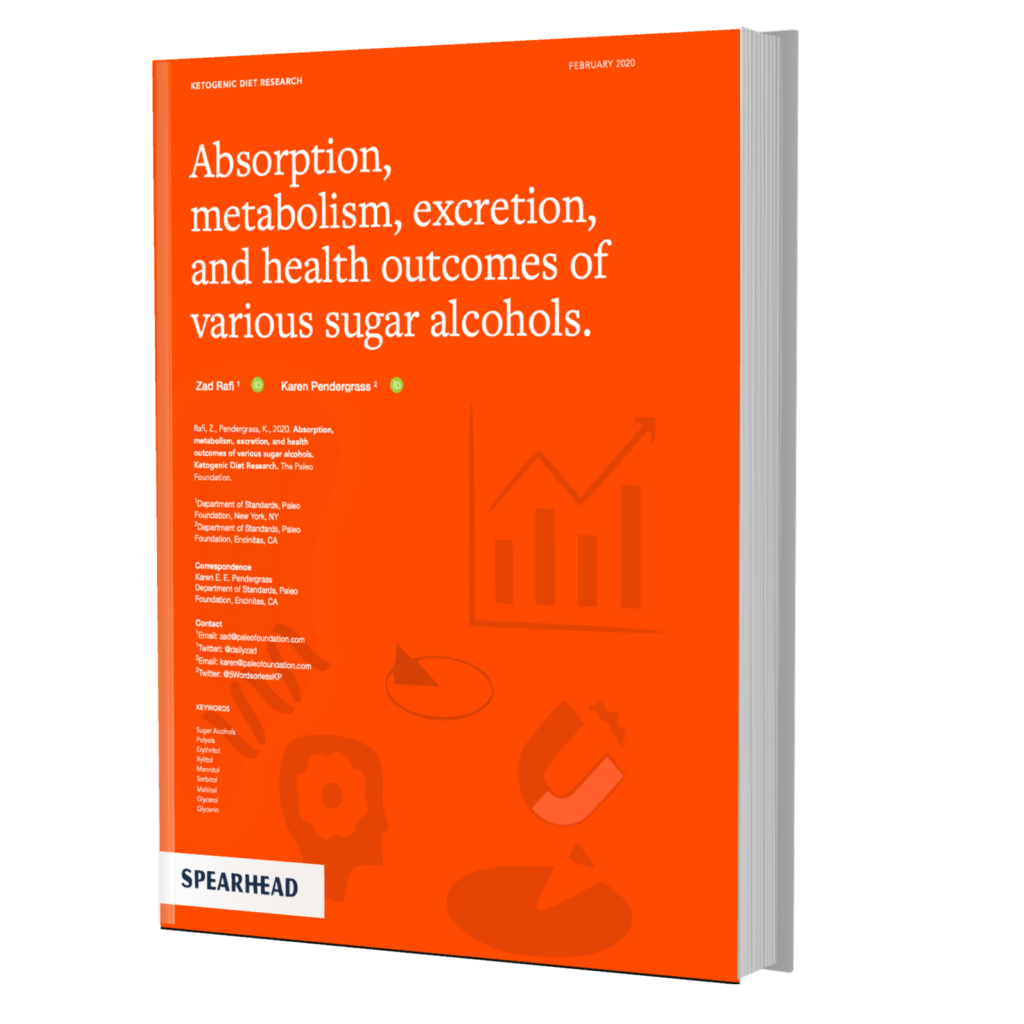1. Grain-Free Certification Standards
The Grain-Free Certified Standards for Grain-Free, Legume-Free, Dairy-Free, Artificial Coloring, Artificial Preservatives, Artificial Sweeteners, and Artificial Flavor Enhancers-Free Products are outlined herein. These standards apply to all products certified by The Paleo Foundation for the Grain-Free Certified Program. Only certified Products following these standards are explicitly given the rights to use Grain-Free Certified logos, trademarks, certification marks, or other design marks hereinafter referred to as “Grain-Free Certified label”.
1.1 Applicability. The Grain-Free Certified label was developed and trademarked by The Paleo Foundation to identify food products that meet the standards of a Grain-Free diet. The Grain-Free Certified label is a certification mark, and its use is only permitted by those who have entered into a contractual agreement with The Paleo Foundation. The Grain-Free Certified label was designed to establish an easily identifiable mark indicating that a product does not contain grains or gluten.
1.2 Guidelines
Promotional Materials. The Grain-Free Certified label is allowed to be used on packaging, promotional materials, point of purchase materials, websites, sales literature, banners, company stationery, and other advertising materials. Use of the Grain-Free Certified label must comply with the guidelines as outlined in this document. If a company wishes to present the logos in a manner other than as described in the Statement of Use Guidelines, The Paleo Foundation must approve the request and give permission in writing to the Producer.
1.2.2 Display. Producers may display the Grain-Free Certified label only on products that have been certified by The Paleo Foundation.
1.2.3 Agreement. Producers must have a contractual agreement with The Paleo Foundation to use the Grain-Free Certified label.
1.2.4 Stationary. Producers may only use the trademark on company stationery if the entire product line has been audited and Grain-Free Certified.
1.2.5 Logo Placement. Producers may display the label on their website if the entire product line has been audited and Grain-Free Certified. If the entire product line was not certified, the Grain-Free Certified label may appear on a page containing the audited and Grain-Free Certified products only. Products that have not been audited and Grain-Free Certified are not permitted to appear on the same page as the Grain-Free Certified label, as this could mislead consumers.
1.3 Use of the Grain-Free Certified Label
1.3.1 Affidavit. To complete the application process, the applicant must sign an affidavit stating that all answers and statements provided in their application were true to the best of their knowledge.
1.3.2 Inspection and Audit. Use of the Grain-Free Certified™ label is only permitted after the audit and certification of the applicant’s products by The Paleo Foundation.
1.3.3 Authorization. The Paleo Foundation retains the right to inspect the producer’s products to verify that all requirements are met.
1.3.4 Prohibited Use. Use of the label for any product that does not meet each of the Grain-Free Certified requirements, that has not been audited or that has not been given explicit permission is strictly prohibited.
1.3.5 Misuse. Misuse of the Grain-Free Certified Label will result in immediate suspension of the agreement and/or prosecution.
1.3.6 Orientation. The Grain-Free Certified label must be :
⓵ Upright
⓶ Complete
⓷ Clearly Visible




